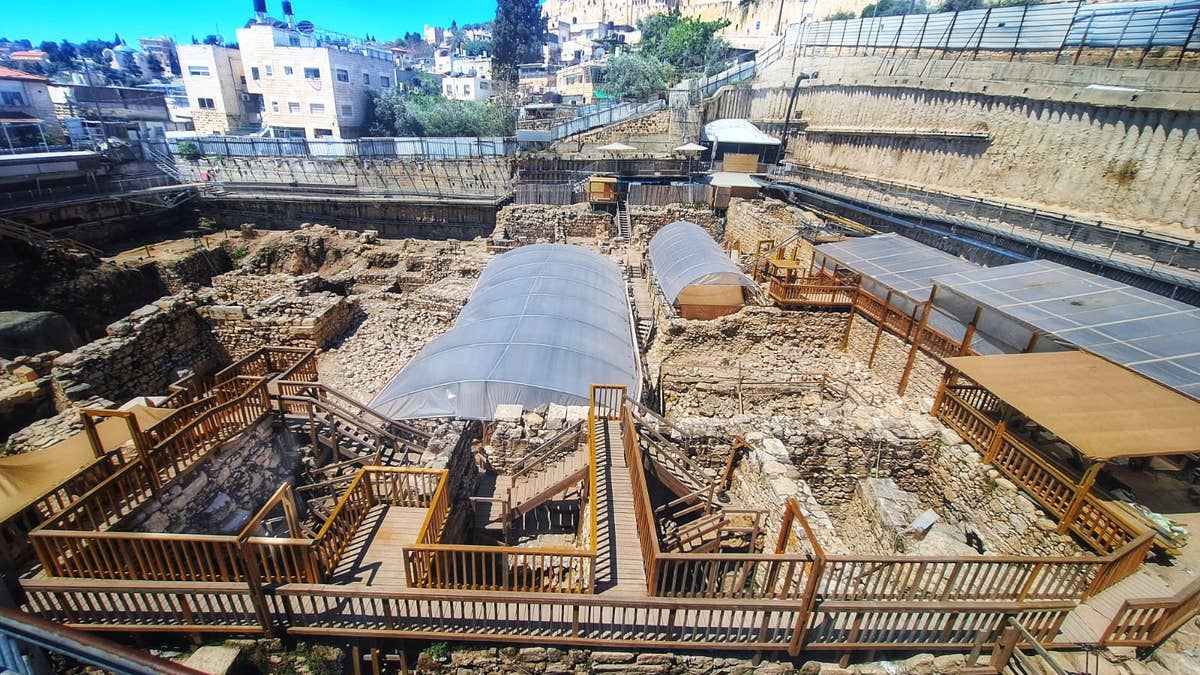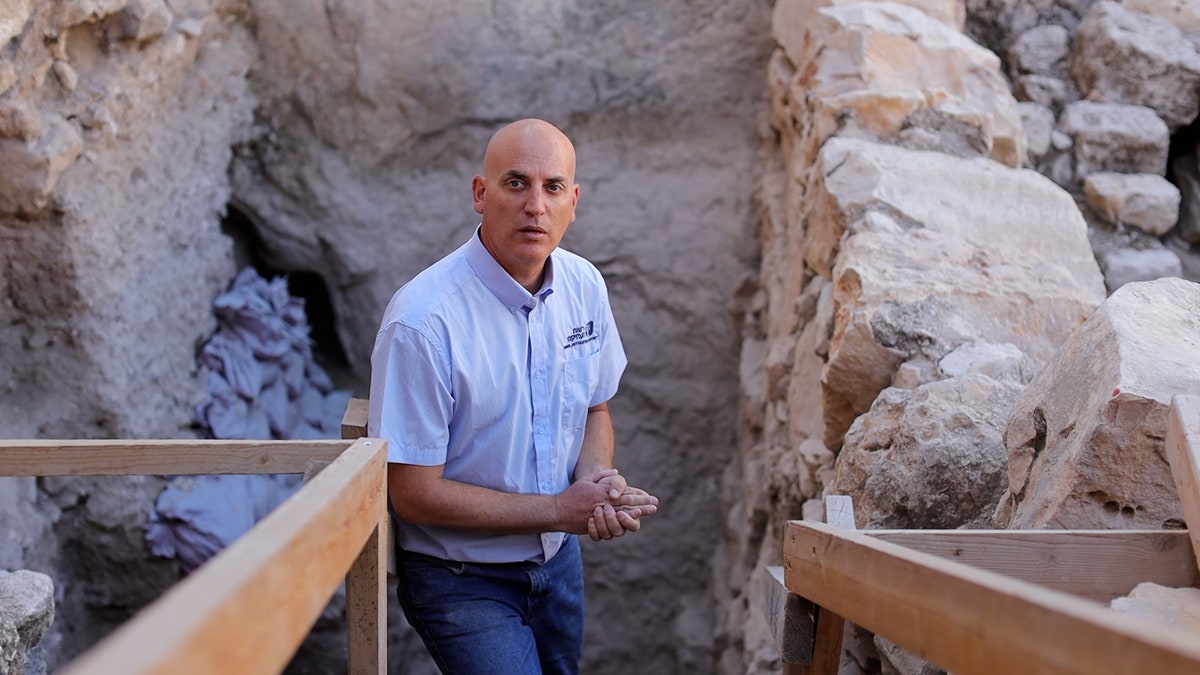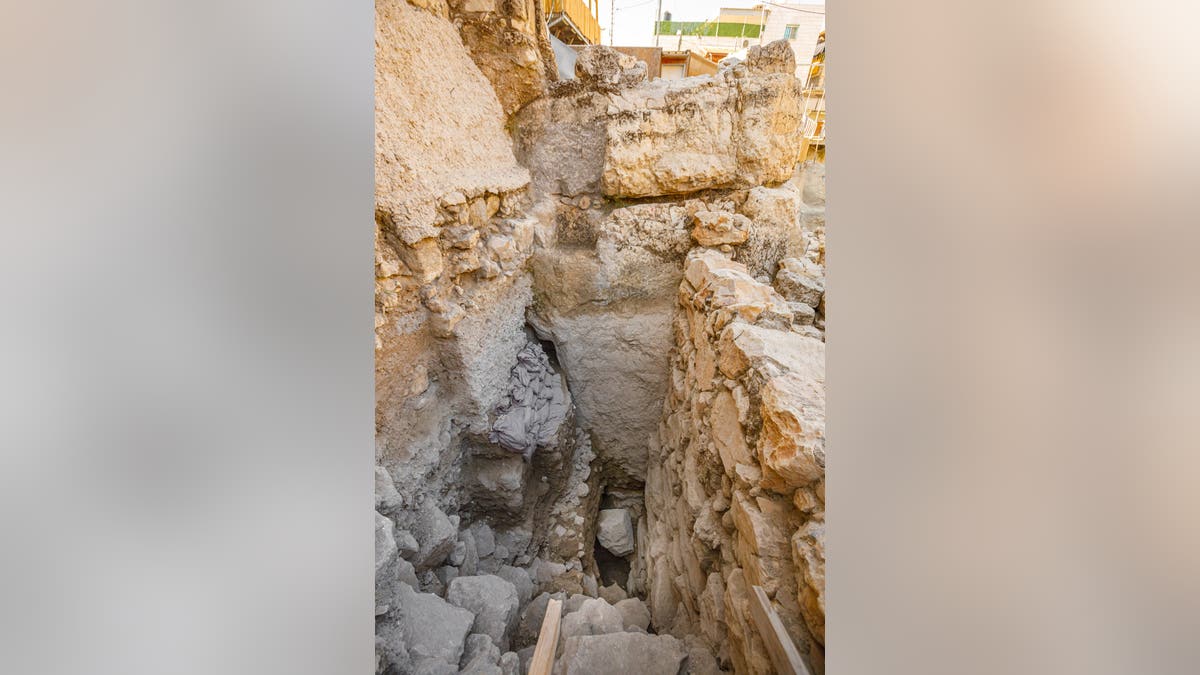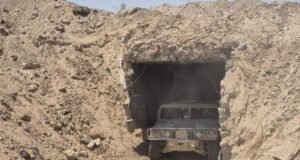In the City of David National Park in Jerusalem, archaeologists have uncovered substantial fortifications that would have defended the city in ancient eras.
“This remarkable find rekindles discussions surrounding terms in biblical texts that describe the geography of Jerusalem, such as Ophel and Millo,” stated Prof. Yuval Gadot, who leads the excavation for Tel Aviv University.
Dr. Yiftach Shalev, who directs the excavation for the Antiquities Authority, stated, “We believe it was utilized during the period of the First Temple and the Kingdom of Judah, establishing a distinct barrier between the residential city to the south and the upper city to the north.”
Israeli archaeologists dedicate substantial time and resources to the exploration of this ancient city, which aids in substantiating historical narratives and claims about Jerusalem that many consider legendary.
WRECK OF SCHOONER SUNKEN IN 1893 DISCOVERED IN LAKE MICHIGAN

Overview of the excavation site in the City of David National Park in Jerusalem. (Israel Nature and Parks Authority)
This discovery of a moat and surrounding walls enhances our understanding of the ancient city’s layout: The City of David is recognized as the nucleus of the ancient Jerusalem where King David unified Israel under one capital, per the national park’s information.
Furthermore, this find challenges previous definitions of the city’s shape and encourages scholars to reconsider biblical descriptions of the city and its boundaries, according to the researchers.
DIVERS UNCOVER 19TH CENTURY SHIPWRECK WITH HISTORICAL ARTIFACTS IN BALTIC SEA

Dr. Yiftach Shalev from the Antiquities Authority examines the site. (Israel Nature and Parks Authority)
The dating of the excavated moat is still undetermined; however, Shalev noted that significant construction efforts and quarrying in Jerusalem are often traced back to the Middle Bronze Age—approximately 3,800 years ago—aligning broadly with Jewish accounts that mention David’s arrival in the city around 3,000 years back.
“If the moat was excavated during this era, it would have served to shield the city from the north—the only vulnerable area of the City of David slope,” Shalev explained.
UNIQUE DINOSAUR SKELETONS UNEARTHED AFTER DEVASTATING FLOODING

A glimpse of the moat that once surrounded the ancient city of Jerusalem during King David’s reign. (Israel Nature and Parks Authority)
The researchers posit that the defensive structure was created through extensive quarrying of rock used for the moat, revealing steep cliffs on each side that were deemed impassable by the excavators until they identified them as part of the fortification system.
CLICK HERE TO DOWNLOAD THE FOX NEWS APP
Ancient Jerusalem was located on a narrow, inclined ridge, and many of the city’s construction efforts were geared toward modifying the surrounding landscape—activities referenced in biblical texts, including the first book of Kings, where King Solomon is tasked with building up the “Millo,” or support terraces, and “closing the city’s breach.”
The findings from this excavation will be showcased at the “Jerusalem Studies Experience” Conference held by the City of David, scheduled for early August.



































